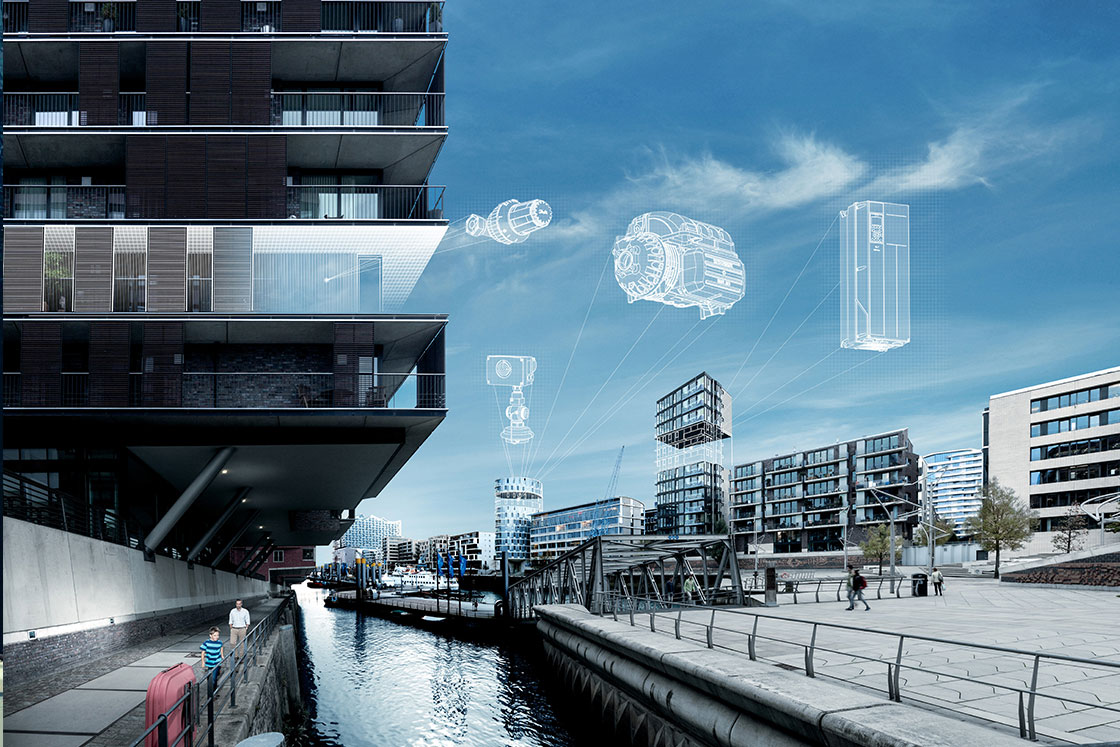
It’s time to wake up a sleeping giant. A new study shows that buildings in Europe hold an enormous potential, when it comes to energy savings. We can unlock the opportunities hidden behind concrete, glass and steel – and create massive savings, jobs and better places to live.
The buildings where you sleep, eat, shop, learn and work hold a huge opportunity: EUR 67 billion savings on energy bills for EU citizens annually in 2030, and a reduction in emissions of 156 Mt. CO2 - equivalent to those of 82 million cars.
These groundbreaking results are presented in a new study, just released by energy consultancy Ecofys, a Navigant Company. The report, initiated by Danfoss, provides proof of the huge energy savings potential that can be obtained from better management of energy flows inside European buildings. A potential that has been insufficiently exploited.
We spend most of our time in buildings. It is, therefore, no surprise that buildings consume a large amount of energy. But 75% of our housing stock is energy-inefficient. Most of the vast amounts of energy is used to maintain the right temperature and air quality in heating, cooling and ventilation systems – collectively known as a technical building system.
When these systems are not working optimally, energy goes to waste, they cost money and cause damage to the health and the environment. But we have the technologies to prevent this. Consistent improvements could help reduce energy waste, cut costs and make our buildings better places to be. The report assesses a scenario where buildings are renovated in the period until 2030. The energy consumption in these buildings could be reduced by around 30% through upgrades to heating, cooling, ventilation, lighting and hot water systems.
”We have all the technologies at hand to make our buildings smart. Taking the findings of the new Ecofys study into account, we see that optimizing the control of energy flows inside buildings and leveraging new technologies, like digitalization, could deliver around 15% of the EU 2030 energy efficiency target. Political support is needed to remove barriers and accelerate the speed and scale of the investments. This will send the right market signals for innovation, jobs and sustainable growth,” says Andre Borouchaki, Senior Vice President and CTO, Danfoss.
According to calculations by Danfoss based on the World Resources Institute’s report, Accelerating Building Efficiency, from 2016, reaching 15% of the EU 2030 energy efficiency target will create 300,000 new jobs.
The EUR 67 billion we can save annually on a full application of high performance technical building systems, mostly from not importing gas from third countries, could be invested in Europe instead, providing additional comfort and well-being for EU citizens.
The only way to significantly improve building energy efficiency is to focus on existing buildings. Nine out of ten of existing buildings in the EU will be occupied by 2050. Renovation of our building stock is more affordable than many currently believe. The investment cost for basic improvements of controls of energy flows inside buildings is low, and the payback time is two years to get the basics right.
“The consistent optimization of the energy use of technical building systems in existing buildings across Europe should start now,” says Dr. Andreas Hermelink, Associate Director at Ecofys, a Navigant Company. “We are talking about no-regret measures that can quickly deliver very significant reductions of energy consumption, energy bills and CO2 emissions. The revision of the Energy Performance of Buildings Directive should give a strong and effective push for unleashing the full cost-effective savings potential of technical building systems.”
For more information:
Alix Chambris, Head of EU Public Affairs for Danfoss, +32476224441, chambris@danfoss.com
